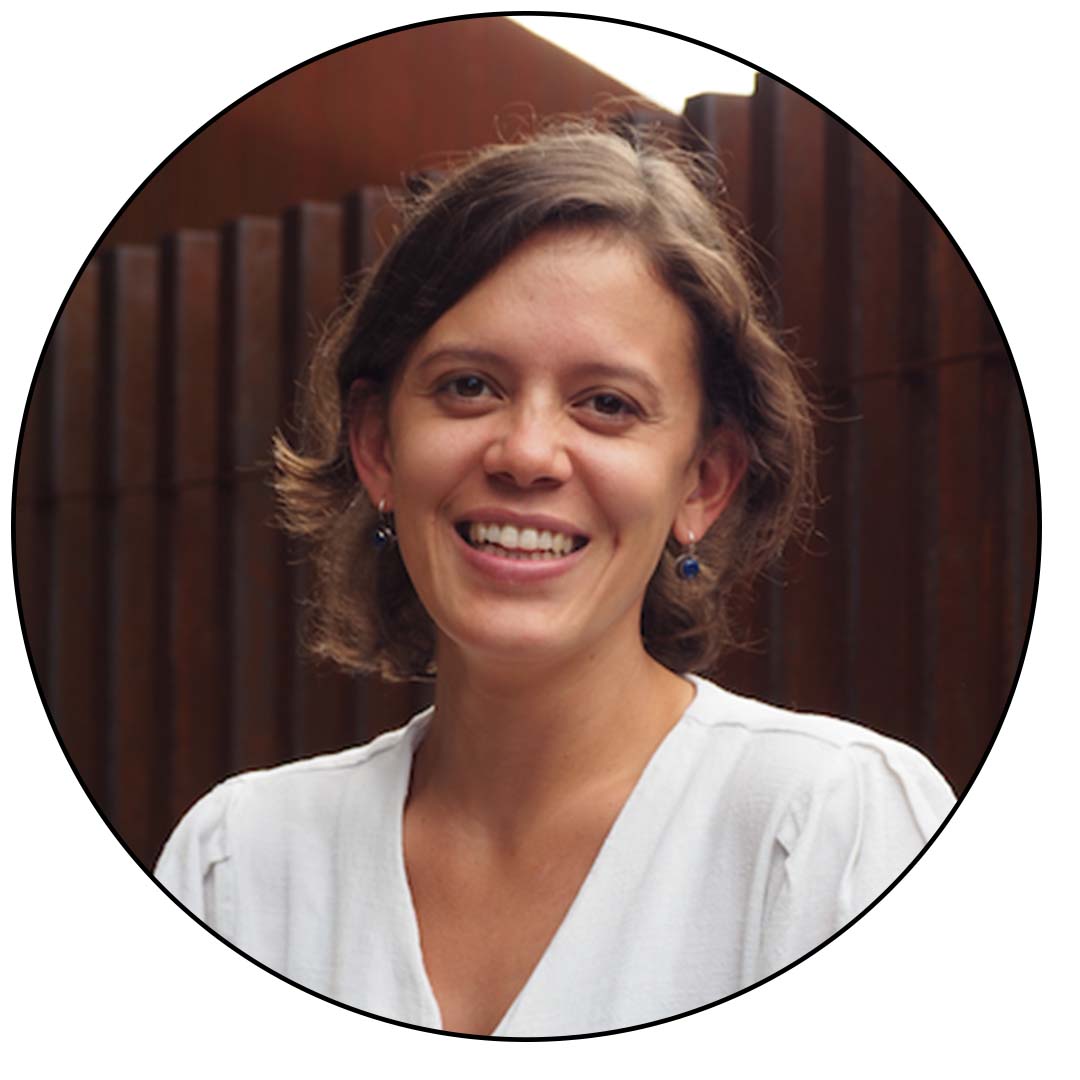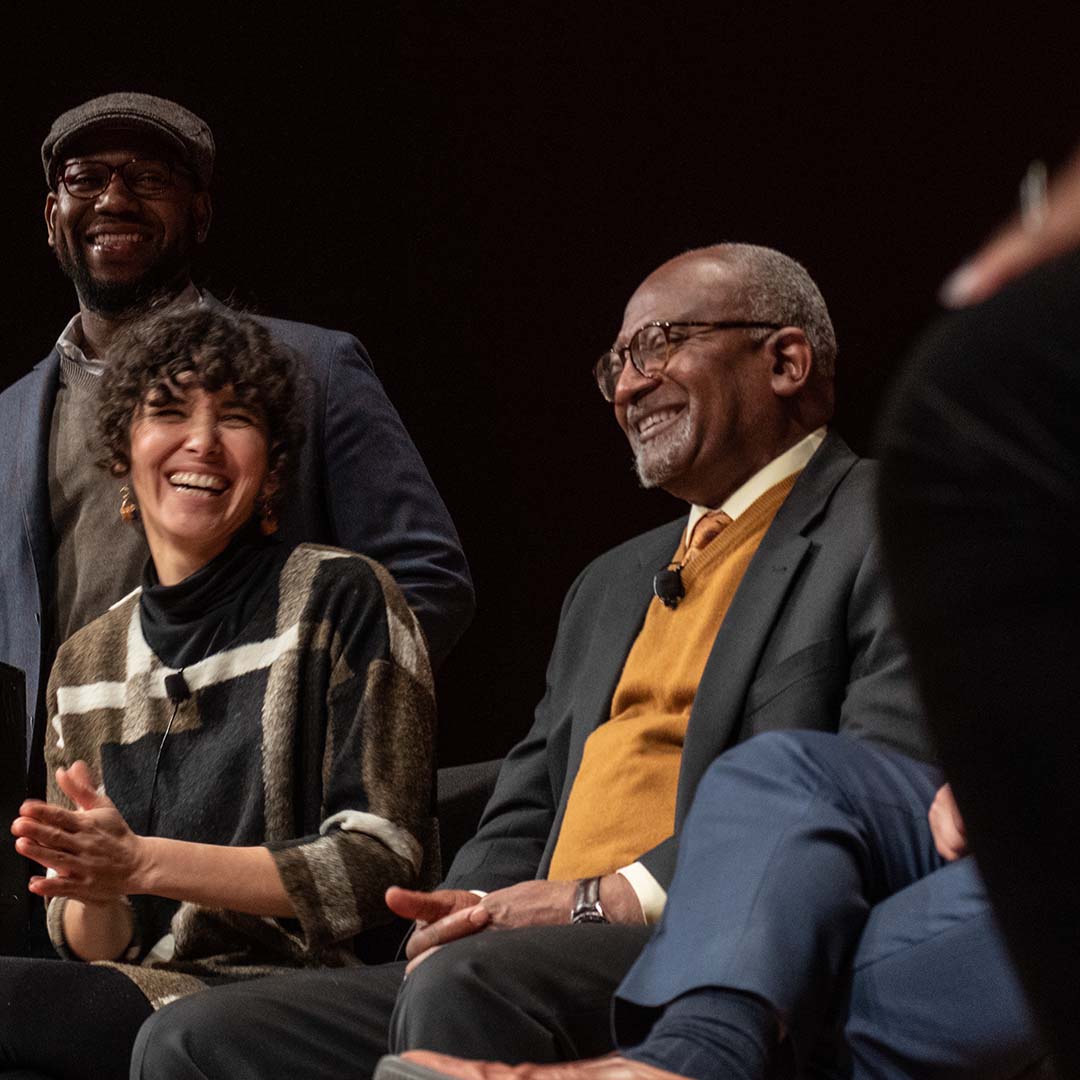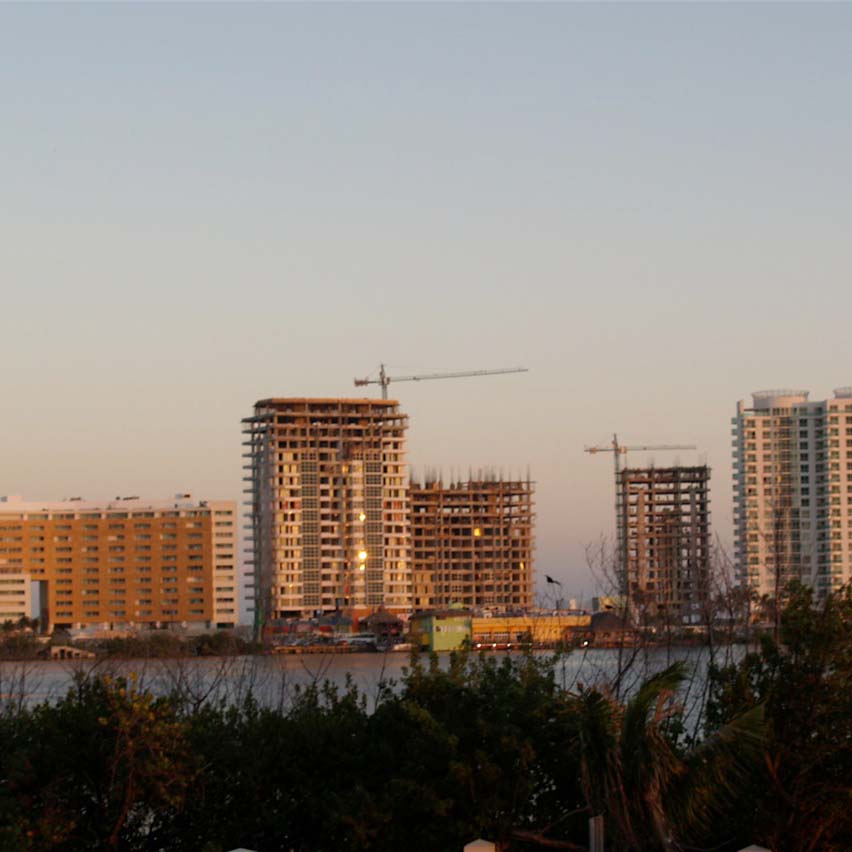 This is the first in a series of reflections on environmental justice from Mariana Sofia Rodriguez McGoffin, a member of Sky Island Alliance’s board of directors. Based in Tucson, Arizona, she writes and teaches about social and environmental justice and is currently working on a podcast. Her interests broadly revolve around the impacts of domestic violence on families and barriers in access to environmental decision-making spaces.
This is the first in a series of reflections on environmental justice from Mariana Sofia Rodriguez McGoffin, a member of Sky Island Alliance’s board of directors. Based in Tucson, Arizona, she writes and teaches about social and environmental justice and is currently working on a podcast. Her interests broadly revolve around the impacts of domestic violence on families and barriers in access to environmental decision-making spaces.
I was born in San Juan, Puerto Rico, grew up in Cancún, Mexico, and moved to Tucson to go to college. My interest in environmental justice arose out of early experiences witnessing the degradation of places I loved and wondering why this was happening and what could be done. As a child and teenager in Cancún, I saw the destruction of ecosystems to make way for hotels. In Tucson, I’ve seen how some neighborhoods face more severe risks from flooding and heat than others. While the causes of these problems are diverse and complex, I’ve come to understand that they’re deeply intertwined with injustice. A more just society will thus result in better environmental conditions.
My first encounter with the environmental justice field was during an undergrad course that had a great impact on me. One paper I read at this time was by Dr. Laura Pulido, who writes about the “environmental racism gap” and how nonwhite communities often experience different levels of exposure to risk. These disparities, she argues, come from a long line of oppressive systems like colonialism and slavery that have made some people out to be “less than fully human.” Pulido adds that racism in our society today is baked into the logic of the capitalistic system we live in, which depends on “the production of difference and value.” Under this logic, some neighborhoods are exposed to higher levels of pollution precisely because people of color live there.
Pulido’s work was so compelling to me because it showed how our society has inherited legacies of discrimination over time. I could see evidence of her arguments everywhere I looked. Her work also helped me understand the harm of empty institutions that hold a place for making change in our culture but haven’t yet achieved the necessary results.
There have been efforts to do better on multiple fronts in the U.S., Pulido notes, but to date they’ve struggled to find success. In Congress, legislation has been crafted to protect vulnerable communities, but environmental injustice continues and is widely apparent. In 1994, President Bill Clinton tried to use his branch’s powers with Executive Order 12898 to incorporate an environmental justice framework into federal activities, but it’s been largely ineffective. Enforcement at the regulatory level by agencies has floundered. And to date activists have valiantly but unsuccessfully appealed to the U.S. government through repeated lawsuits and Title VI complaints.
“The state is invested,” Pulido concludes, “in not solving the environmental racism gap because it would be too costly and disruptive to industry, the larger political system, and the state itself.”
After taking the course, a fire in me grew, and I was eager to learn as much as I could about the U.S.-based environmental justice movement.

Dr. Robert D. Bullard, at right, receiving an award in 2017. He helped launch one of the first national reports on environmental injustice in 1987. Photo by University of Michigan School for Environment and Sustainability/Flickr.
I learned, for example, that in the 1980s, scholars and activists really began to dig in to tracking how low-income communities of color were more likely to experience the effects of contamination. In 1983 the U.S. Government Accountability Office launched one of the first studies. This was followed four years later by an in-depth national report led by Dr. Robert D. Bullard, the “Father of Environmental Justice.”
Momentum was building. Over the years, new terms were coined to describe distributive injustice, procedural injustice, and the many other ways our systems were flawed. Then in 1989 legal scholar Dr. Kimberlé Crenshaw first introduced “intersectionality” — a term that immediately comes to mind when I think of what real environmental justice can look like.
Intersectionality refers to how injustice can occur along several different social dimensions: race, class, gender, ability, etc. And it highlights how that oppression can be compounded for any given person, with many forms of disadvantage converging, just as streets meet at a junction.
A natural extension of this insight is that because oppression can come from many different directions, combating it requires energy from many different partnering groups, or coalitions.
Coalitions are vital for structural change in our society. To clarify this point, just think about the solutions that have traditionally been proposed to address water shortages in arid places like the U.S. Southwest. These have generally involved the construction of water infrastructure like dams and pipelines — narrow solutions that require participation from a narrow set of actors: politicians, lawyers, and engineers. A broader range of strategies would involve a more diverse set of actors, which could lead to the creation of a more sophisticated network of informed citizens, collaboration, and maybe even a cultural shift.
Indeed, environmental injustice can’t be addressed through a single top-down, one-size-fits-all approach. And we’re not going to fix a region’s pervasive lack of water access simply by building a pipeline alone.
Injustice needs to be tackled through collaboration across an intersection of identities and issues. With diverse groups sharing their unique insights to solve the most pressing challenges of our time. Only then can we seriously hope to advance our work for climate justice, water justice, healthcare access, cultural rights, and nature’s rights. And only then, with broad participation, will we be able to ensure that our solutions benefit more people and not the typical few.
While such collaborations do exist within the U.S., we need to step up coalition building with our southern neighbors. In the next blog, I will discuss environmental justice movements on the U.S.-Mexico border and highlight specific groups leading the movement in interesting ways.

